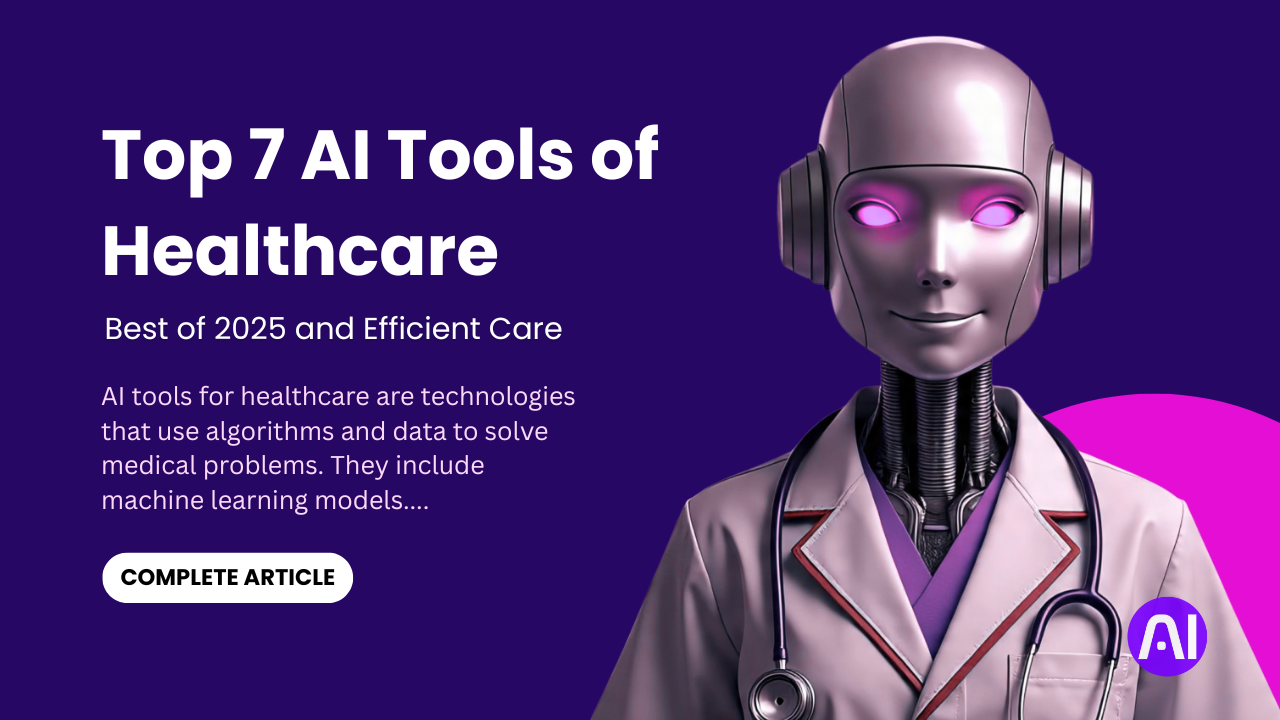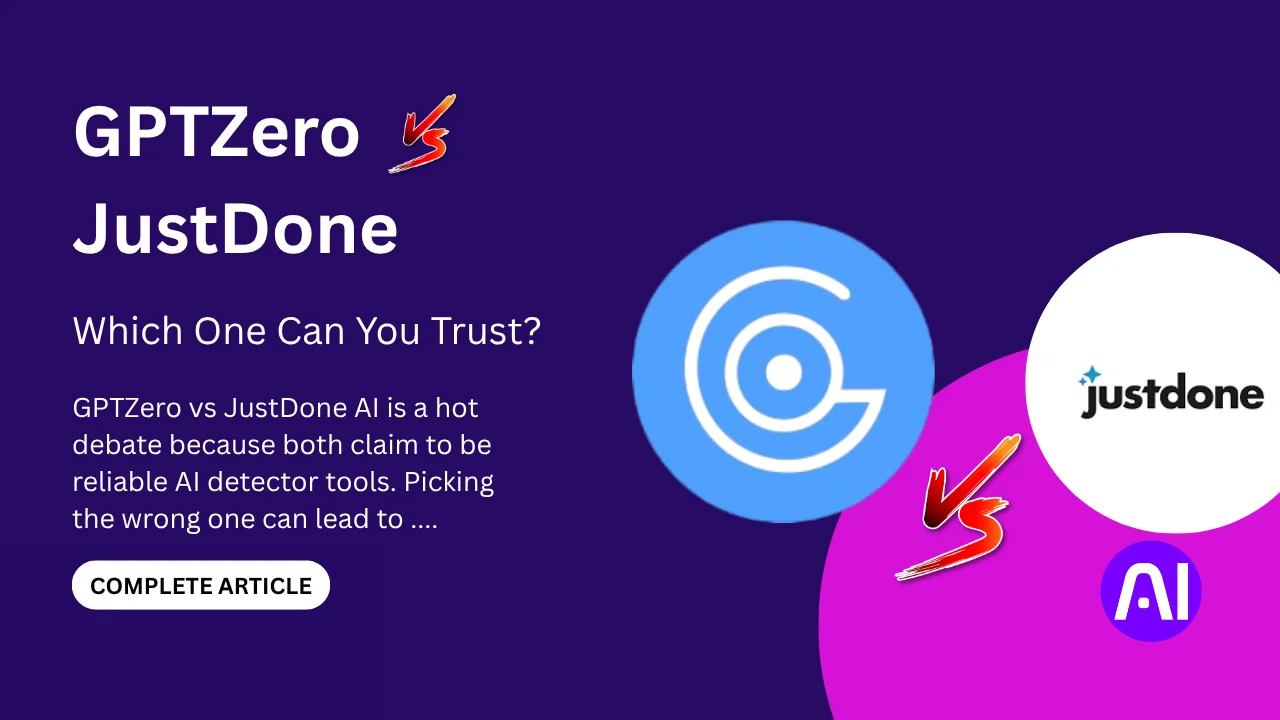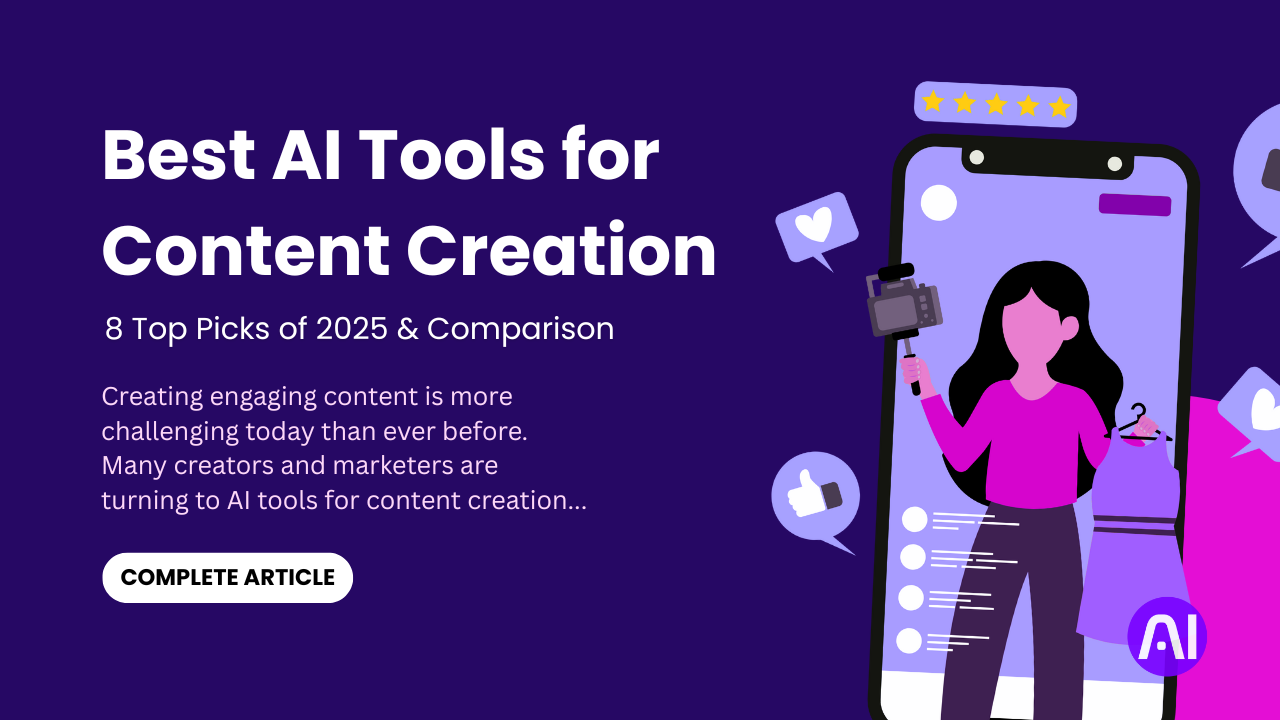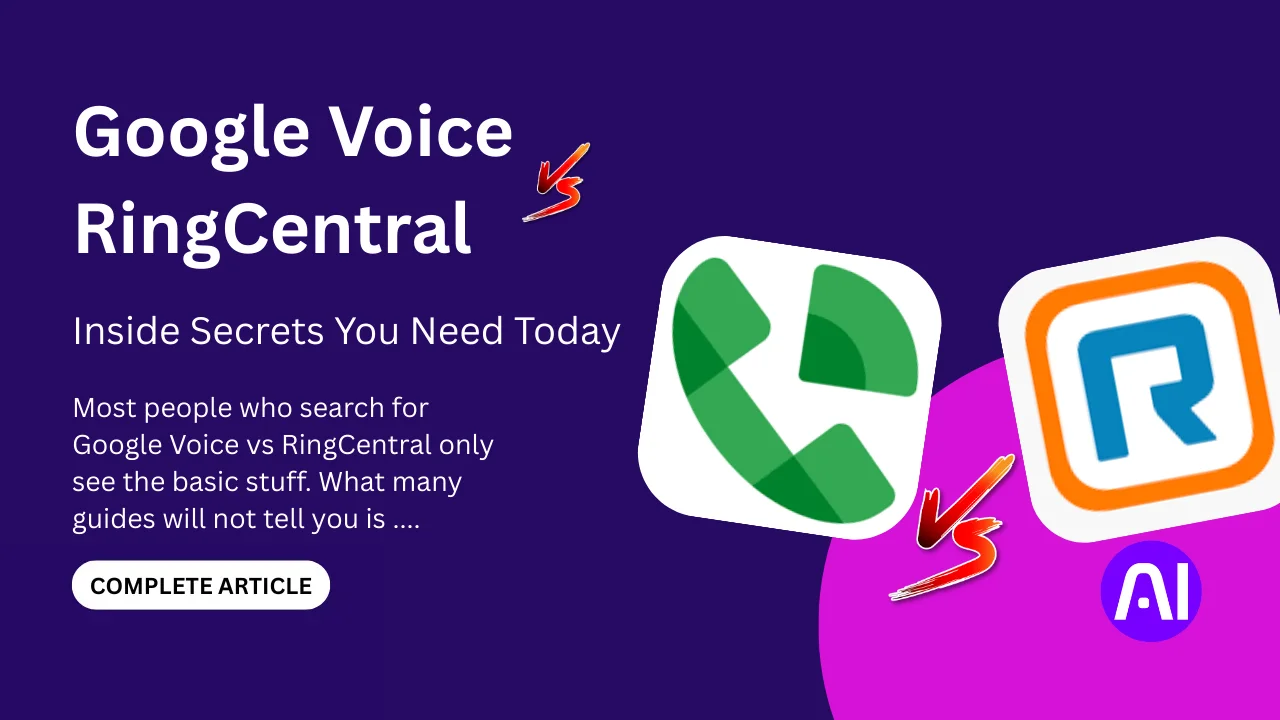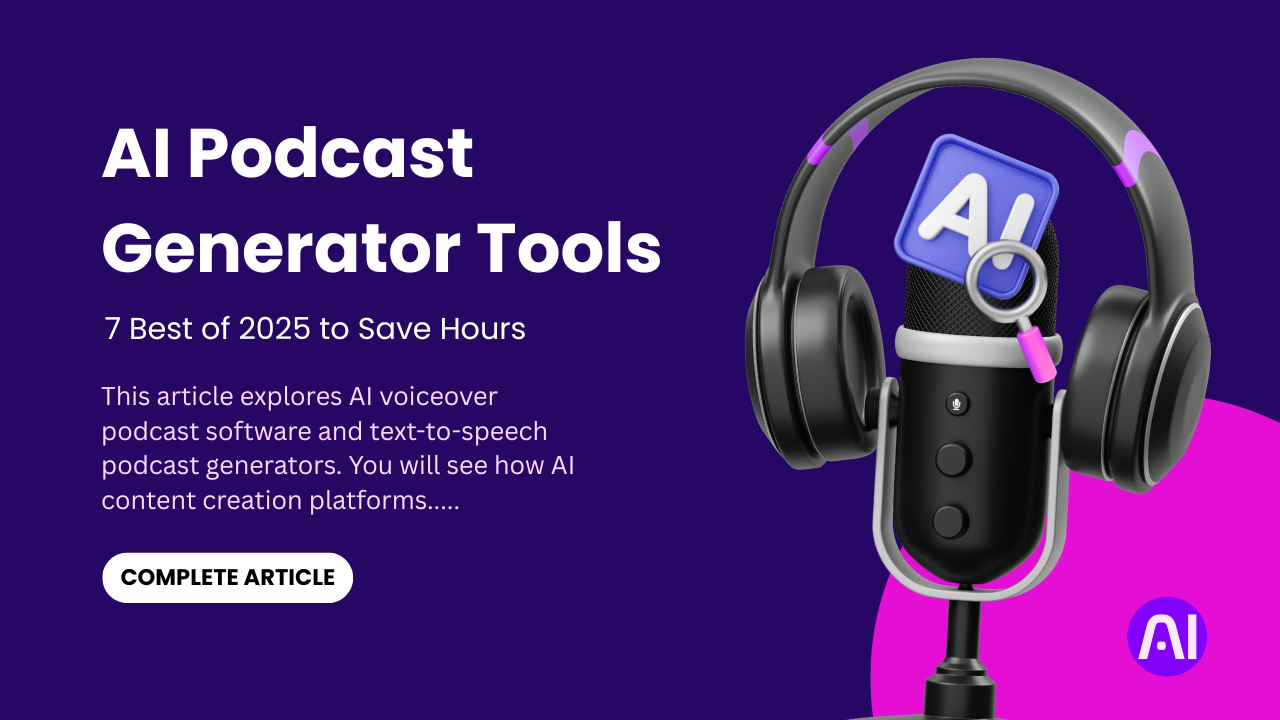Electricity demand is rising fast. Cities are growing. Homes use more gadgets. Industries need more power. This puts a heavy load on energy grids. At the same time, climate goals push for cleaner, smarter energy systems. This is where the change begins.
Utilities business intelligence is now the game changer. It helps energy companies understand, plan, and act smarter. With AI in the energy sector, companies can predict usage, spot faults, and save money. This isn’t just tech, it’s smart thinking with real impact.
Utility data analytics is part of this shift. It turns big energy data into simple, useful insights. Smart grid analytics, AI energy forecasting, and energy BI dashboards are all tools that help make better choices every day. This isn’t future talk. It’s already happening.
This article explains how utilities business intelligence is changing everything. You’ll learn how AI helps manage energy, the benefits of smarter tools, and how real utility companies are winning with data. If you’re in the energy world or just curious, this guide is for you.
Utility data analytics is changing how utilities operate. The smart grid analytics market is expected to reach $8 billion by 2025, growing at around 5–12 % per year. This shows high demand for better data tools.
Why Utilities Business Intelligence Matters Now
Utilities face real grid challenges. Many assets are older than 25 years. Over 44 % of unscheduled downtime comes from aging equipment. One hour of downtime can cost utilities $260,000 or more. These outages hurt services and raise costs.
This is why utility data analytics now matters so much. These tools help predict failures before they happen. They also lower maintenance costs and improve grid resilience. Here is what they offer:
- Smart grid data analytics spot stress on equipment early.
- Grid resilience analytics help plan upgrades that reduce big outage risk.
- Predictive grid maintenance extends asset life and cuts surprise breakdowns.
For beginners, these tools make complex power systems easier to manage. For pros, they unlock deeper insights. Utility managers can forecast usage, plan repairs better, and save millions annually.
The rise in electric demand adds pressure. Data centers and EVs are pushing electricity use up fast. At the same time, aging assets threaten stability. Using analytics tools is the smart response.
Now is the time to act. Utilities that adopt analytics and predictive grid maintenance can boost reliability. They also keep electricity costs lower over time. This means happier customers and stronger business. In the next sections, we’ll show how utility data analytics works, its benefits, and real-world wins. You’ll also learn key tips for rolling it out in your own grid.
Core Components of Smart BI Solutions

Utilities business intelligence works through smart layers of tech. Each part has a role in helping utilities manage power better. Together, they create fast, clear, and useful insights.
It starts with data ingestion. This means collecting raw data from devices in the field. These devices include smart meters, IoT sensors, and advanced metering infrastructure (AMI). They send real-time updates on power use, faults, and flow.
Next, this data goes into data platforms. These are often cloud-based systems. They store large amounts of data and make it easy to access. Teams can build real-time dashboards to track power, spot issues, and share reports.
Then comes the analytics engine. This is where the smart part happens. It runs both predictive and prescriptive analytics. That means it can forecast future power demand or suggest the best way to solve a problem. This helps save money and avoid blackouts.
Finally, you need visualization and reporting tools. These turn complex data into simple graphs and charts. Managers can see trends fast. Teams can act on problems before they grow.
Here is a quick view of key components:
- Smart meter analytics track home and industry use.
- Energy consumption BI tools show when and where power is used most.
- Grid optimization software helps balance supply and demand.
Each tool adds to system health. Together, they support smart choices every day.
Utilities business intelligence is not just data. It is action. With these tools, utility teams can manage grids better, serve customers faster, and plan for the future. In the next part, we will explore the direct benefits these tools bring to energy providers.
Driving Factors Behind BI Adoption in Utilities
Utilities are turning to smart tools because the energy world is changing fast. More people, more devices, and more data mean old systems cannot keep up. AI in the energy sector is now a key solution.
One big driver is demand forecasting. With AI, utilities can predict how much power people will use each day. This helps them avoid overloads and blackouts. AI also helps with outage prediction. It spots weak points in the grid and warns before something fails.
Another reason is the rapid rise of AI data centers. These centers use a lot of power. They create sharp surges in demand. Utilities must keep up or face system crashes. Real-time utility insights make it easier to plan and stay ahead.
New laws also push for change. Many governments now require clean energy. That means more solar, wind, and battery use. These are not as steady as gas or coal. Smart tools help balance them better.
Here are some key tools driving this shift:
- AI energy forecasting to match supply with future demand
- Outage prediction tools to reduce downtime and save money
- Computer vision inspection to find damage using cameras and AI
- Real-time utility insights for faster, smarter decisions
All these tools work together to create better service. They also help save costs and protect the planet.
The AI in energy sector trend is just starting. Utilities that adopt these tools now will be ready for tomorrow. In the next section, we will look at the major benefits these systems bring to utility companies and their customers.
Use Cases That Deliver Value
Utilities are getting smarter with data. When business intelligence and AI come together, the results are powerful. Here are three key use cases that show how these tools bring real value.
Predictive Maintenance and Equipment Reliability
One big challenge for utilities is knowing when equipment might fail. With predictive grid maintenance, teams can stop problems before they happen. BI tools collect data from transformers and cables. AI finds patterns in that data. If a transformer starts to act differently, the system sends an alert.
Transformer network analytics track heat, load, and vibration. This tells if something is wrong inside. AI also uses computer vision in utilities. Cameras scan gear for cracks or rust. This helps keep workers safe and reduces blackouts.
Real-Time Energy Consumption Optimization
Every home and factory uses energy differently. With smart meter analytics, utilities can see how and when people use power. This data goes into real-time dashboards. It shows the highs and lows in power use.
Energy consumption BI tools help manage demand. When demand is high, utilities can use demand-response analytics to shift loads. For example, they can lower usage in one area and increase it in another. This keeps the grid balanced.
These tools also help customers. They can track their use and change habits. That means lower bills and better energy use.
Grid Planning and Renewables Integration
Clean energy is growing fast. But solar and wind do not always give steady power. That makes planning harder. BI tools help with renewable integration BI. They show how to mix power from gas, solar, and wind.
DER analytics help manage energy from small sources like home solar panels. Load balancing AI keeps the grid steady by moving power where it is needed most.
With these tools, utilities can handle electric cars, home batteries, and new energy rules. It also helps avoid overloads and makes clean energy work better.
These use cases show why utilities business intelligence is more than just software. It is the key to running a strong, smart, and safe grid.
Step-by-Step: Implementing BI with AI
Implementing business intelligence with AI in utility companies takes planning. It is not just about tools. It is about using data the right way. Here is a simple step-by-step path for a smooth start.
Step 1: Assess Data Readiness
Before anything, check your data. Is it clean? Is it useful? Many utilities have data but do not know how to use it. Start with a data quality utility initiative. Fix gaps and remove bad data. This step builds the base for smart results.
Step 2: Design a Small Pilot
Pick one area to test. A good start is building an AI-backed smart meter dashboard. This shows real-time energy use and trends. Use AI implementation in utilities to forecast use, detect faults, or suggest changes. Keep the pilot small. That way, you can fix issues fast.
Step 3: Scale Across Operations
If the pilot works, expand it. Use the same tools in more places. This could be in power stations, customer billing, or field work. Connect all systems so data flows smoothly. Use real-time dashboards to track activity across the grid.
Step 4: Train Teams and Manage Change
People need to trust and understand the new tools. Offer simple training. Teach how to read dashboards and respond to AI alerts. Set up support for staff during the shift. This builds confidence and avoids pushback.
Step 5: Track KPIs and Adjust
Keep score of progress. Measure things like:
- OPEX savings from fewer truck rolls
- Outage reduction using AI alerts
- Better use of staff and gear
Use these numbers to improve the system over time. Share wins with your team to build support.
Implementing business intelligence with AI in utility companies takes time. But with clear steps, even old systems can become smart. This process helps utilities lower costs, stay reliable, and get ready for the future. In the next section, we will show real-world results from utilities already using these tools.
Major Benefits
Using AI and BI tools brings big wins for utility companies. The benefits of AI for utility management and operations go far beyond data. These tools help save money, keep customers happy, and meet strict rules. Here are the top advantages.
Cost Reductions
Utilities spend a lot on fixing gear and handling outages. With smart tools, they can cut these costs.
- Predictive maintenance helps fix problems early
- Outage alerts reduce downtime and emergency response costs
- Energy waste drops when supply matches demand
Together, these savings make a big difference in yearly budgets.
Better Customer Satisfaction
Smart meters and customer energy insights let users track their own usage. This means fewer billing issues and faster answers.
Customers also like fewer outages and better support. When service is stable, trust grows.
Regulatory Compliance and ESG Wins
Rules for energy are getting tougher. Governments want cleaner power and better reporting. BI tools make it easy to meet these goals.
- Regulatory compliance BI tracks rule changes and keeps records ready
- Utility ESG analytics show how green the company is
- Real-time tools help prove clean energy use and lower emissions
Meeting these targets helps avoid fines. It also builds a strong public image.
Driving Innovation
Smart data tools also open new doors. Companies can offer digital services like usage apps or flexible billing. This attracts tech-savvy users and builds loyalty.
Teams also get better insights for new plans. They can test ideas faster and bring new services to market.
The benefits of AI for utility management and operations are real. From saving money to keeping up with change, these tools help build a better future. In the next section, we will explore real-world examples of utilities that use BI and AI with great success.
Common Challenges and How to Overcome Them
Implementing BI and AI in utilities is powerful, but it is not always easy. Many companies face problems along the way. The good news is that these challenges can be solved with the right steps. Let’s look at what goes wrong and how to fix it.
Data Silos and Poor Data Quality
Many utilities have data stuck in different departments. This creates data silos. Teams cannot see the full picture. Also, much of the data is messy or outdated. This blocks good results.
Solution: Start with data governance in utilities. Set clear rules for how data is collected, cleaned, and shared. Use tools that bring data into one place. This makes it easier to trust and use.
Legacy Systems
Old systems are still common. These tools were not made for smart analytics. They can be slow and hard to connect with new platforms.
Solution: Use legacy-system integration tools. These connect old machines to modern systems. It lets you keep using what works while gaining the power of BI and AI.
Change Resistance
Some teams fear change. They worry that smart systems will replace their work. Others may not trust the data or tools.
Solution: Get executive buy-in early. Leaders should share the vision and benefits. Also, provide clear training. Help staff understand how the tools support their work, not replace it.
AI Talent Gap
Utilities may not have AI experts in-house. This slows projects and adds cost.
Solution: Build teams slowly. Start small and bring in outside help when needed. Over time, train your staff or hire talent with skills in data science and AI.
Smart tools bring big rewards. But you must fix these problems first. Strong planning, open teams, and the right tech will make your BI and AI strategy a success. In the next section, we will look at examples of utility companies that overcame these hurdles and saw real results.
Leading Tools
The market for utility data analytics is growing fast. Many platforms now offer smart tools to help utilities plan better, save money, and serve customers well. Let’s look at some top utility BI platforms that lead the way.
Popular BI and AI Platforms for Utilities
- EnergyCAP
EnergyCAP is great for tracking energy use and cost. It helps with reporting and works well for schools, cities, and businesses. - IBM (Watson for Utilities)
IBM offers AI tools that support outage prediction and real-time decision-making. It is good for large power networks and complex grids. - Siemens Grid Software
Siemens offers cloud-based grid analytics. Their tools help with renewable energy, grid planning, and load balancing. - Itron
Itron focuses on energy management SaaS. Their tools offer smart meter insights and support demand response programs.
Quick Comparison Table
| Platform | Analytics Power | Visualization | Scalability | Pricing Tier | Best For |
| EnergyCAP | Moderate | Strong | Small to Mid | $$ | Budget energy tracking, public orgs |
| IBM Watson | High | Good | Enterprise-Level | $$$$ | AI-powered grid analysis, large utilities |
| Siemens | High | Strong | Large Utilities | $$$ | Renewables, grid automation |
| Itron | High | Moderate | Wide Range | $$ to $$$ | Smart meters, demand response |
These tools all support cloud-based grid analytics, real-time data, and smart decisions. Choosing the right one depends on your size, budget, and goals.
Smaller utilities may like EnergyCAP for its simple setup and cost tracking. Big companies may choose IBM or Siemens for deep AI tools and complex grid needs. Itron works well for those focused on smart meters and demand control.
Each vendor helps turn data into action. They offer tools that grow with your needs. In the next section, we will explore future trends and what to expect as utility data analytics becomes more advanced.
Future Trends: What’s Next?
Utility data analytics is still growing. The future will bring even smarter tools, faster systems, and more control for both companies and users. Here are some key trends to watch.
Generative AI for Utility Operators
One big trend is the rise of AI agents in utility management. These tools will work like smart assistants. They will help operators answer questions, solve problems, and plan tasks.
For example, a worker can ask an AI agent, “What areas are most at risk for outage today?” and get a fast, clear answer. These AI helpers will save time and help teams act quicker.
Edge Analytics and 5G
More devices are being placed across the grid. These include smart meters, sensors, and control tools. With edge analytics in utilities, data is processed right where it is collected.
This means faster decisions and less delay. 5G networks will make this even better by sending data quickly between devices and teams.
Blockchain for Microgrids
As more homes and buildings get solar panels and batteries, small microgrids are forming. These local energy systems need a way to track and trade power.
Blockchain energy tools offer a safe and clear way to record these deals. They can track where power comes from, where it goes, and who gets paid.
ESG-Aligned Business Intelligence
Governments and users want cleaner energy. That means companies must track their impact. New tools now support ESG-aligned BI. These tools help track:
- Carbon use
- Water savings
- Energy from clean sources
This makes it easier to report results and meet green goals.
The future of utility data analytics is bright. With generative AI, edge computing, and smart tools for clean energy, utilities will be more connected and more efficient than ever. In the final section, we will wrap up with a quick summary and tips to help you get started today.
Case Studies: Real Results from Smart Utilities
Smart tools are not just ideas. They are working right now. Across the world, utility companies are using AI and business intelligence to fix problems, save money, and keep the power on. These real stories show how it works in real life.
Case Study 1: Duke Energy’s Transformer Monitoring
User: Duke Energy, a big U.S. electric utility.
Challenge: Old transformers were failing without warning. This led to blackouts and angry customers.
Solution: Duke used AI to watch transformer data. The system checks temperature, load, and patterns. It alerts crews before a failure.
Takeaway: The AI tool helped Duke spot weak transformers early. It made planning better. It also reduced unexpected blackouts, making customers happier.
Case Study 2: Fortune 500 Energy Company with XTIVIA
User: Large energy provider serving 3 million customers.
Challenge: Transformers failed without warning. Crews spent too much time fixing them after they broke.
Solution: With XTIVIA, they built an AI model using smart meter (AMI) data. The model watches for voltage spikes to predict failures.
Takeaway: Now, crews fix transformers before they break. This cut outage time by about 90 minutes per customer! It also saves money and boosts trust.
Case Study 3: Major U.S. Utility Using C3 AI
User: One of the largest U.S. electric utilities (7 million customers).
Challenge: They relied on fixed-maintenance schedules. That caused surprise outages and higher costs.
Solution: They used C3 AI Reliability to connect data from sensors and records. The AI watched 10,000 transformers and 22,000 breakers to find risk before problems began.
Takeaway: Transformer failures dropped by 48 percent. They saved around $800,000 each year. Plus, they gained an estimated $40 million in value. The switch from “fix after break” to “fix before break” changed everything.
These stories show real benefits of using utilities business intelligence and AI in the energy sector. They help prevent problems, cut costs, and keep power flowing without interruption.
Conclusion
Utilities business intelligence is no longer a nice-to-have. It is the core of modern energy systems. With the help of AI in the energy sector, companies can predict outages, reduce costs, balance the grid, and improve service. This shift is already happening. And it is changing everything.
If you work in a utility company, now is the time to take action. Start small with a pilot project. Explore vendor demos to see what tools match your goals. Bring your team on board and align your stakeholders. Smart moves today will prepare your grid for tomorrow.
There has never been more pressure to modernize. At the same time, there have never been more powerful tools to make it happen. From demand forecasting to ESG tracking, the future belongs to those who act early and stay ahead.
Stay updated on AI trends! For more expert tips and the latest breakthroughs, follow AI Ashes Blog. Dive deeper into machine learning, data science, and cutting-edge AI research.
FAQs
1. What is utilities business intelligence?
Utilities business intelligence means using data and tools to help power companies see and fix issues fast. It turns lots of power data into clear insights so grids can run better.
2. How does AI in energy sector help forecast power demand?
AI in the energy sector uses past energy data to guess future needs. It helps utilities plan better and avoid overloads on the grid.
3. What is utility data analytics used for?
Utility data analytics helps spot problems early, like equipment failures. It also shows where energy is used most. This helps save money and cut waste.
4. Are there real success stories from utilities?
Yes. Duke Energy uses AI to monitor transformers and reduce blackouts. Another big U.S. utility used C3 AI to cut equipment failures by almost half.
5. What are smart grid analytics tools?
Smart grid analytics tools look at data from smart meters, sensors, and power lines. They show faults, predict demand, and help balance the grid.
6. Can energy consumption BI tools help homes save money?
Yes. These tools show households how and when they use electricity. People can then change habits to lower their bills.
7. How do outage prediction tools work?
Outage prediction tools use sensor data and AI. They see patterns that lead to failures. This gives crews time to fix issues before outages happen.
8. What is the benefit of real-time dashboards?
Real-time dashboards give live updates on grid health and energy use. Operators can make quick decisions and act fast in emergencies.
9. Why are data quality and governance important?
Good data quality and clear data rules help AI models work well. This makes forecasts more accurate and helps utilities trust the insights.
10. How do I start implementing BI with AI in utility companies?
Begin by cleaning your data and running a small pilot. Show results to leaders. Then train teams and track savings and reduced outages.


